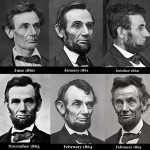 Abraham Lincoln’s physical appearance changed dramatically during his tenure as President of the United States. The magnitude of his apparent aging is often demonstrated by showing a photograph from the start of his first term compared to one taken a few months before his death. But a simple comparison of two extreme photographs does not show the evolution of the change nor the stressful events that likely induced the striking transformation. The following photographic series with accompanying timeline of notable events from 1860-1865 may be more illustrative of the aging process experienced by Lincoln. In particular, note the significant change in the brief interval from November 1863 to February 1864, a part of which may have resulted from his smallpox infection during that period.
Abraham Lincoln’s physical appearance changed dramatically during his tenure as President of the United States. The magnitude of his apparent aging is often demonstrated by showing a photograph from the start of his first term compared to one taken a few months before his death. But a simple comparison of two extreme photographs does not show the evolution of the change nor the stressful events that likely induced the striking transformation. The following photographic series with accompanying timeline of notable events from 1860-1865 may be more illustrative of the aging process experienced by Lincoln. In particular, note the significant change in the brief interval from November 1863 to February 1864, a part of which may have resulted from his smallpox infection during that period.
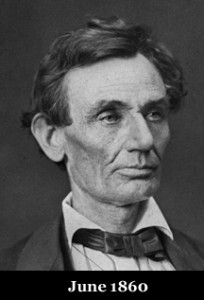
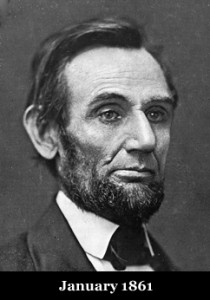
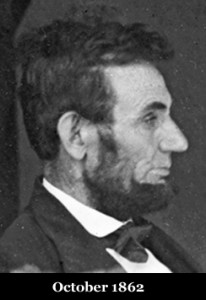
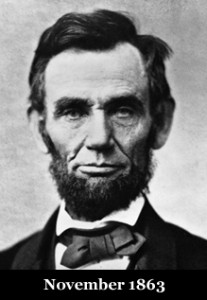
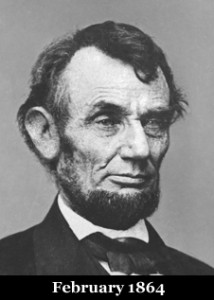
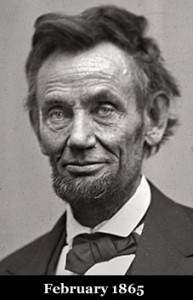
1860
February Delivers Cooper Union Address
May Nominated for President of the United States
October Receives suggestion from a young girl that he should grow a beard
November Elected President of the United States
December South Carolina secedes from the Union
1861
February Confederate States of America is formed
March Inaugurated as 16th President of the United States
April Attack on Fort Sumter, SC
May Family friend Elmer Ellsworth killed in Alexandria, VA
July Battle of First Bull Run (Manassas)
November Trent Affair with Great Britain
1862
February Battles of Fort Henry and Fort Donelson
February Son William (Willie) dies from typhoid fever
April Battle of Shiloh
May Stonewall Jackson in the Shenandoah Valley
June Battle of Seven Days’
August Battle of Second Bull Run (Manassas)
September Battle of Antietam (Sharpsburg)
September Issues Preliminary Emancipation Proclamation
December Battle of Fredericksburg
1863
January Issues Final Emancipation Proclamation
May Battle of Chancellorsville
July Battle of Gettysburg
July Surrender of Vicksburg, MS
September Battle of Chickamauga
November Delivers Gettysburg Address
November Contracts mild case of smallpox
November Battle of Chattanooga
1864
March Appoints U.S. Grant Commander-in-Chief of Union Army
May Battle of the Wilderness
June Battle of Cold Harbor
June Siege of Petersburg, VA begins
September Battle of Atlanta
November Re-elected President of the United States
December Battle of Nashville
December Capture of Savannah, GA
1865
January Congress Passes 13th Amendment to the Constitution
March Delivers Second Inaugural Address
April Robert E. Lee Surrenders to U. S. Grant
April Assassinated by John Wilkes Booth
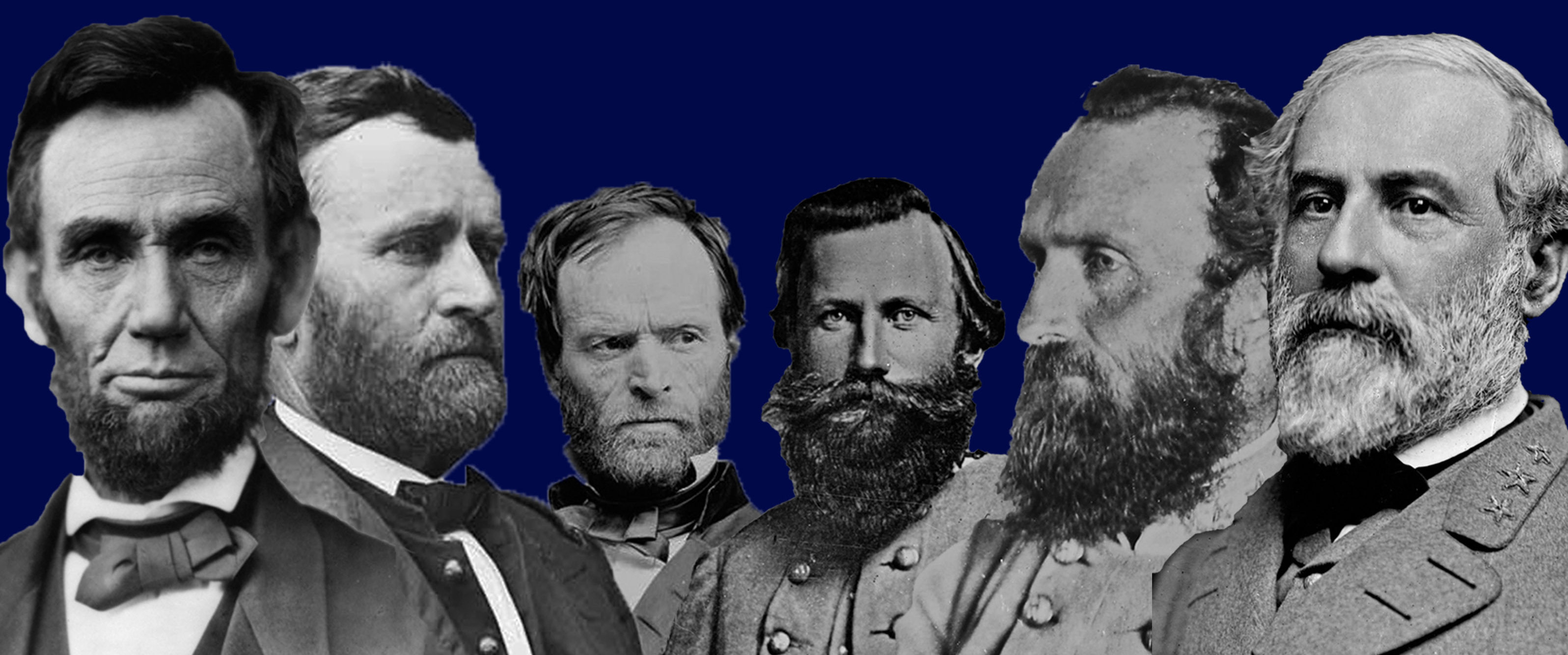
A retired colonel had the following response to this analysis and I was curious as to your reaction.
“How can the author of this summary neglect to mention the hypothesis that Lincoln had Marfan’s syndrome? Like acromegaly, Marfan’s involves bone growth in adulthood, something that can easily change one’s facial appearance. “
Although Lincoln had some skeletal marfanoid features, I personally do not believe he had Marfan syndrome. It’s not been proven either way, but what I understand of the disease as a physician leads me to discount the diagnosis in Lincoln’s case.
I once saw a program, I think it was on National Geographic that talked about the likelihood that Lincoln and some of his sons had a rare genetic syndrome named MEN2B.
Here is a link from Nature http://www.nature.com/news/2007/071130/full/news.2007.226.html I am a physician and the description of Lincoln and his sons’ health problems are very suggestive of this alternate genetic syndrome rather than Marfan’s.
I believe the chances Lincoln had MEN2B are even more unlikely than Marfan syndrome. There are simply too many inconsistencies with what we know of the disorder and what we know of Lincoln to justify the conclusion. Incidentally, the National Geographic program to which you refer was a documentary of DNA testing performed on a sample of Lincoln’s blood. They were looking specifically for the MEN2B gene mutation and did not find it.
Why is MEN2B unlikely? I have read a book about this hypothesis called “The Physical Lincoln” and it makes a very strong case. After reading the book, there is only one potential objection that I can see, and that is that Lincoln lived so long. However, the book explains this, too, citing data from the medical literature. After reading your comment I also watched the National Geographic special. It looks to me like they really did not get a very good sample. Even before they sequenced the DNA, the scientists were surprised at the sample that produced the DNA and thought it was a contaminant. The book and you agree that Marfan syndrome is basically not a possibility.
I have read Dr. Sotos’ book, and although thought provoking, I believe he makes too many assumptions based on photographs and anecdotal descriptions to make a legitimate case for MEN2B. His arguments are based first on his supposition that Lincoln must of had some, as of yet undiagnosed, genetic disease based on his physical characteristics and, therefore, MEN is the most likely explanation. While the age factor remains one large hurdle in making the diagnosis in this case, there are other points that can be refuted but would require a much more lengthy response. Suffice it to say that based on my medical analysis, I believe the evidence supporting Lincoln having a rare variant of an extremely rare disease is lacking.
Oh, also, the 1865 photographed posted above is a photoshopped version. The original looks much different.
The photograph in question has not been photoshopped in the sense that new characteristics were added or removed to alter the picture. With today’s digital high resolution photo techniques in improving definition, contrast, magnification, etc., features that were present but not evident in the 150 year-old negative are more easily revealed. Although the photograph has been “digitally enhanced,” whether that constitutes an inaccurate image of life is debatable.